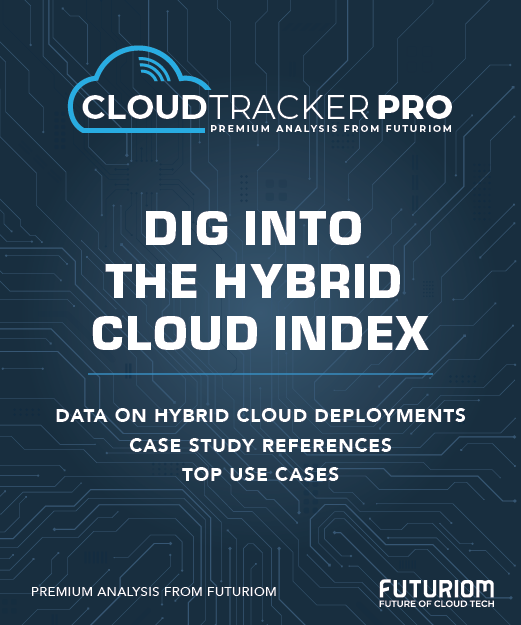GEICO Shows the Way to Repatriation

A pair of companies recently went public with dramatic evidence of savings from cloud repatriation—moving workloads from cloud hyperscalers back to on-premises platforms. And the successes reported by insurer GEICO and software developer 37signals reflect a trend toward reconsidering heavy reliance on public cloud services at scale.
When GEICO began moving workloads to the public cloud in 2014, the goal was to improve operational efficiency and spur innovation. “We made a decision to go all in on the public cloud to mitigate aging infrastructure with reliability issues. We also needed to modernize and innovate at scale,” said Sahid Jaffa, GEICO’s head of hardware and storage engineering, in a keynote during the Open Compute Project’s (OCP’s) Global Summit in San Jose last week.
By 2020, GEICO had 80% of its workloads in the public cloud. By 2021, the company had eight different cloud providers and was spending over $300 million annually on these services—half of that on a single provider. (Though GEICO has not acknowledged a particular hyperscaler, word has it that Microsoft Azure was until recently their primary cloud.) GEICO’s cloud estate included over 200,000 cores of cloud compute and over 30,000 instances of containers and virtual machines, Jaffa said.
Frustration Leads to Repatriation
Frustrated with high cloud costs and lack of ability to adapt software to fit their requirements, GEICO’s team explored open-source options. Inspired by the OCP Summit in 2023, the team turned to a range of original design manufacturers (ODMs) for hardware samples based on open standards. Taiwan-based ODM Wiwynn delivered a single platform for storage and compute that also supported high-performance computing (HPC) and GPU-driven AI.
To access the rest of this article, you need a Futuriom CLOUD TRACKER PRO subscription — see below.
Access CLOUD TRACKER PRO
|
CLOUD TRACKER PRO Subscribers — Sign In |
















